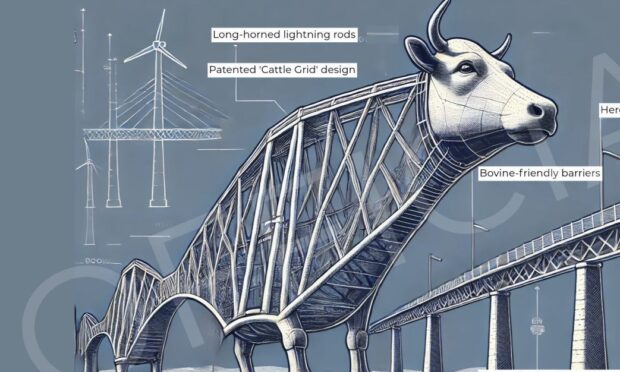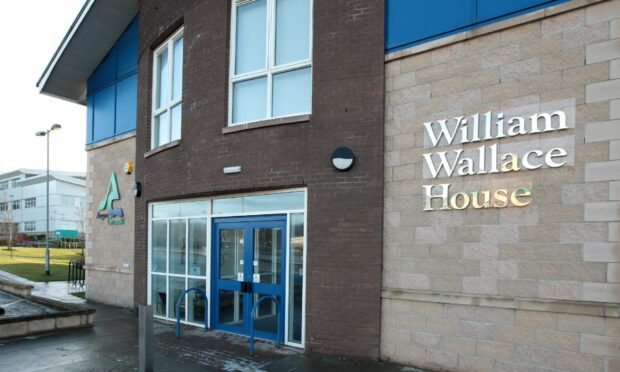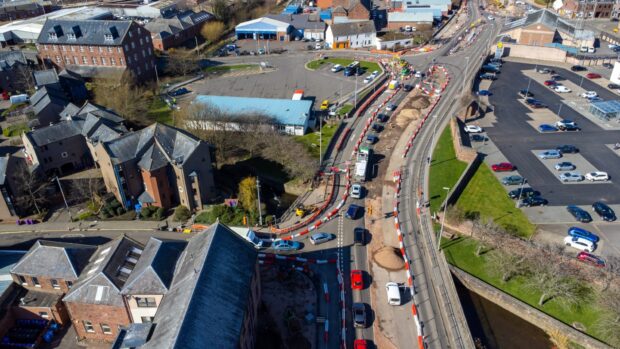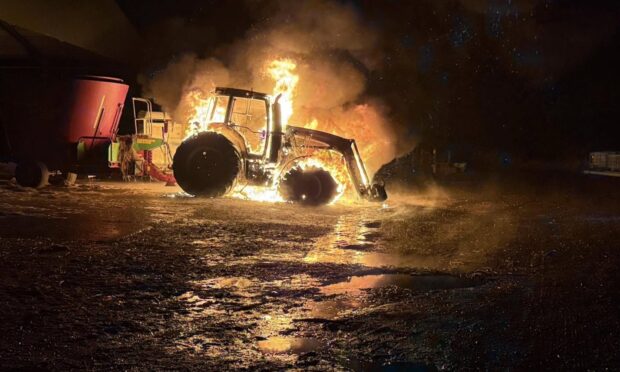It was the supersonic whisky which promised to cut the maturing process from 10 years to just a few hours.
A batch made in 1951 at Fettercairn distillery produced promising results but a larger experiment failed and the idea was abandoned and remained under wraps for almost 70 years.
The documents have now been opened to the public and placed in the National Archives.
Initial tests hinted that the new whisky, created by circulating immature spirit through active chemicals, could actually lead to an improvement in the taste.
Correspondence from the Board of Trade dating from 1952 confirms the proposed innovation was seriously considered by government scientists.
It states: “The minister recently forwarded to us a letter he had received from a friend, Mr AJ Menzies, managing director of Fettercairn Distilleries Limited, Kincardineshire, about a process he says he has invented for accelerating the maturing process of whisky.
“Mr Menzies claims his process reduces the maturing time from about five to ten years to a few hours.
“If the process is successful, even if only partially so, it will obviously have a considerable effect on the Scotch whisky trade.”
A small scale batch of the supersonic whisky was hailed by government scientists in October 1952.
A report stated: “The analysis shows the spirit to have the character of a pot still malt whisky, having a much higher alcohol content, about six times, than well known proprietary blends.
“The general opinion here is that there has been some improvement in the taste.”
A letter from one Board of Trade official to his counterpart in Edinburgh outlined escalating concerns that the market would be flooded by rapidly produced whisky.
It stated: “If the invention were to be taken up abroad, foreign distilleries might possibly be able to destroy our exports by producing something nearly equivalent.
“These are gloomy prospects.”
A large batch produced at the premises of Alexander McGavin, a Glasgow whisky blender, resulted in what was described as “significant evaporation and loss of proof”.
The project was later abandoned.










